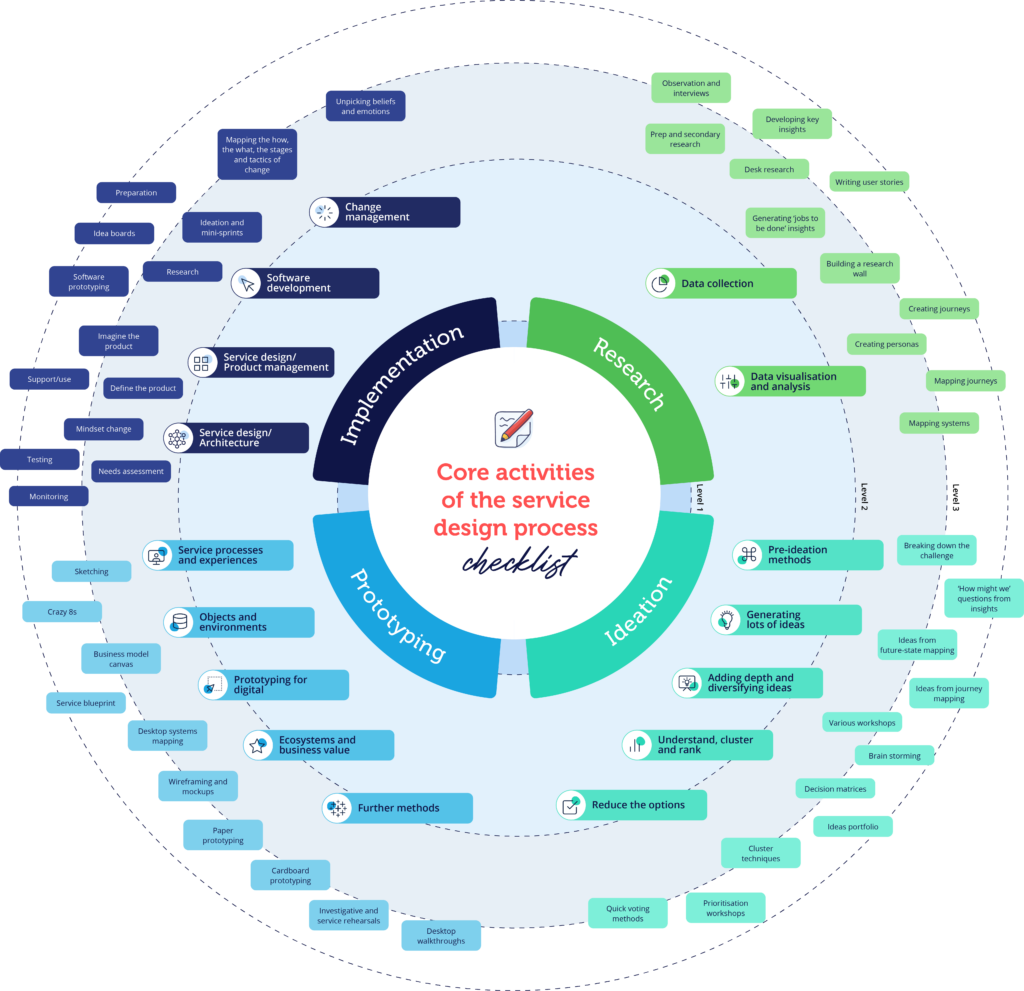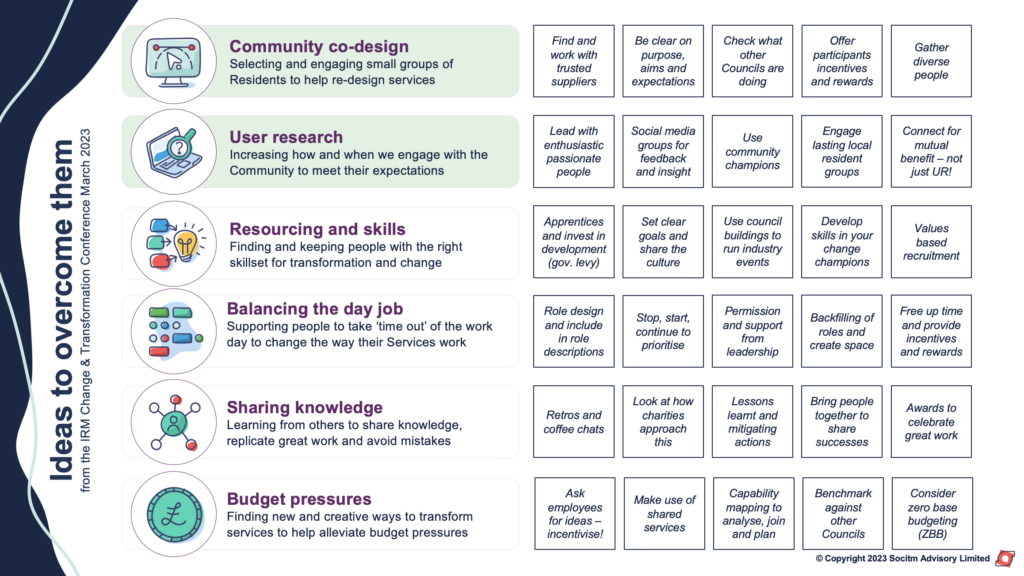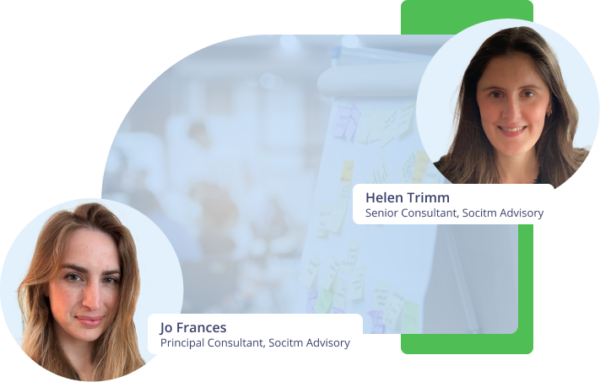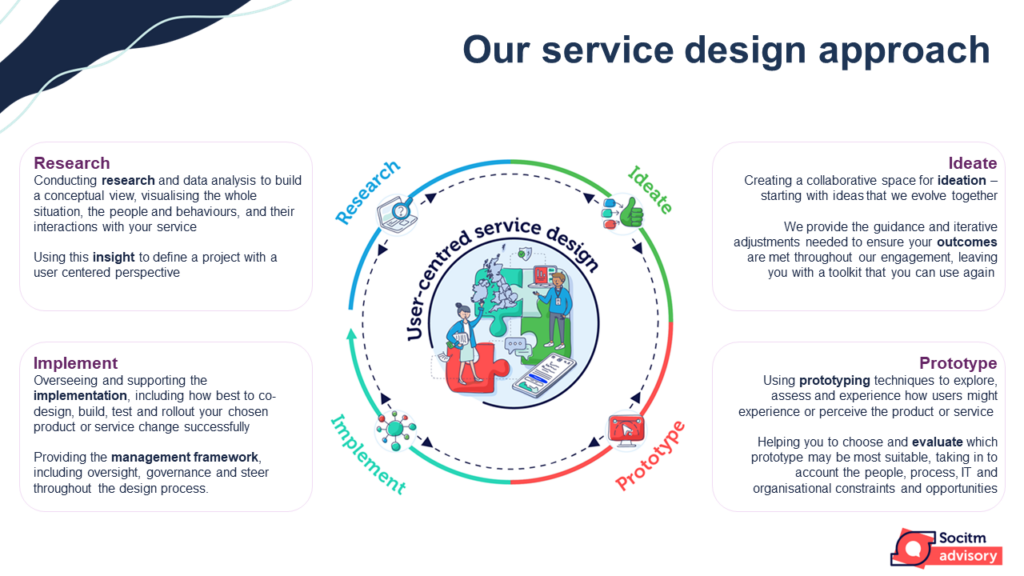How to understand your customers and design brilliant services for them
Delivering great service doesn’t have to come at a cost. In fact, designing effective and efficient services, that deliver the best customer experiences, can often lead to savings. This year we’ve worked with one council to identify, and have validated, £650,000 worth of savings across a number of business areas. And at another council, we found £4 million worth of savings in social care. In both of these instances we have focused purely on looking at how the customer experience can be done differently.
As council budgets come under more pressure than ever before, service design is an area councils really should take seriously since the knock-on benefits of getting service design right is saving money.
In this blog, our service design experts, Jo Frances and Helen Trimm, look at what should be considered when it comes to service design, in identifying savings and designing services that delight customers.
Getting started with service design
- Customers
Start with your customers. Understand them by doing a desk-based research piece of work first, to then be able to engage them. Consider your demographics and identify personas in that research. Consider the people in the context of the place, the areas you serve as a council. - Services
Then move onto services. Consider what services your citizens are looking for, that you need to design around their needs. Centring design around users is critical for successful service delivery, otherwise, you will be creating the services internally and without the user at the heart of that design.
An approach to user-centred service design
Focusing in on four areas will help you understand who your customers are; Research, Ideate, Prototype and Implement.
- Research what the problem is. Do the desk-based assessment on your customers; collect the data and then visualise and analyse it.
- Ideate – generate ideas on what might work, add depth and diversify ideas, understand, cluster and rank them and then reduce the options.
- Prototype and design how that solution would work, in terms of service processes and experiences, objects and environments, digital, ecosystems and business value.
- Implement it, considering change management, software development, product management and design architecture.
Of course service design is not linear and you will undoubtedly jump between these different stages. However designing around the customer and those different personas is crucial so the first research stage is extremely important.
Core activities of the service design process
There are a plethora of activities that you might undertake as part of the service design process, which we detail in the attached summary.
At Socitm Advisory we have worked with over a hundred councils, so we have tried and tested templates and guidance for many of these activities, which we can provide you. Simply get in touch with our service design team for more information.

Overcome challenges around service design
We understand service design isn’t always easy. There are often challenges along the way. We’ve summarised below some of the key challenges you may face with service design, and how you might overcome them.

Service design done right – for customers and staff
If you don’t give service design the consideration and the customer focus it needs, you run the risk of delivering services in a way that don’t meet the customers’ needs. It’s probable you will end up creating something that’s inaccessible for a lot of people and actually ends up costing you more in the long run.
Think about particular use cases and be sure you are taking a holistic approach to service design as we outlined earlier. For example, if your service involves a customer typing something in on a screen, have you considered diversity, and ensured any customer, perhaps a blind person, can also access that service in a way that is appropriate for them?
If you involve a customer throughout the design journey, they can be involved in coming up with the ideas, testing different solutions, and implementing it so it lands right with different community groups, first time.
And actually, consider the ongoing continuous improvement of that as well, so as needs change over time, how you can use an actively engaged customer group. A group to co-develop services that from the outset are designed around the needs of different people. As an organisation you will have much less risk of failure because you have spent time with your customers co-developing, which means adoption is likely to be high.
Finally, consider your staff. When working in service design, it is far more satisfying to actually see your work have an impact and make a difference, than feel like you’ve put lots of resources into something that just hasn’t landed well. So in terms of job satisfaction, staff retention and in fact recruitment, service design done well is a win-win for all parties.
Useful resources
Here are a selection of resources that may be useful as you consider your own approach to service design.
Sprint; Solve big problems and test new ideas in five days – Jake Knapp
Mapping Experiences – Jim Kolbach
The Service Innovation handbook – Lucy Kimbell
About Socitm Advisory
We have a team of expert consultants who have worked specifically with councils on service design. Their expertise and experience helps organisations to do service design well. Find out more about the services we offer on our User-centred Design page. Read about our work on our Case studies pages.

